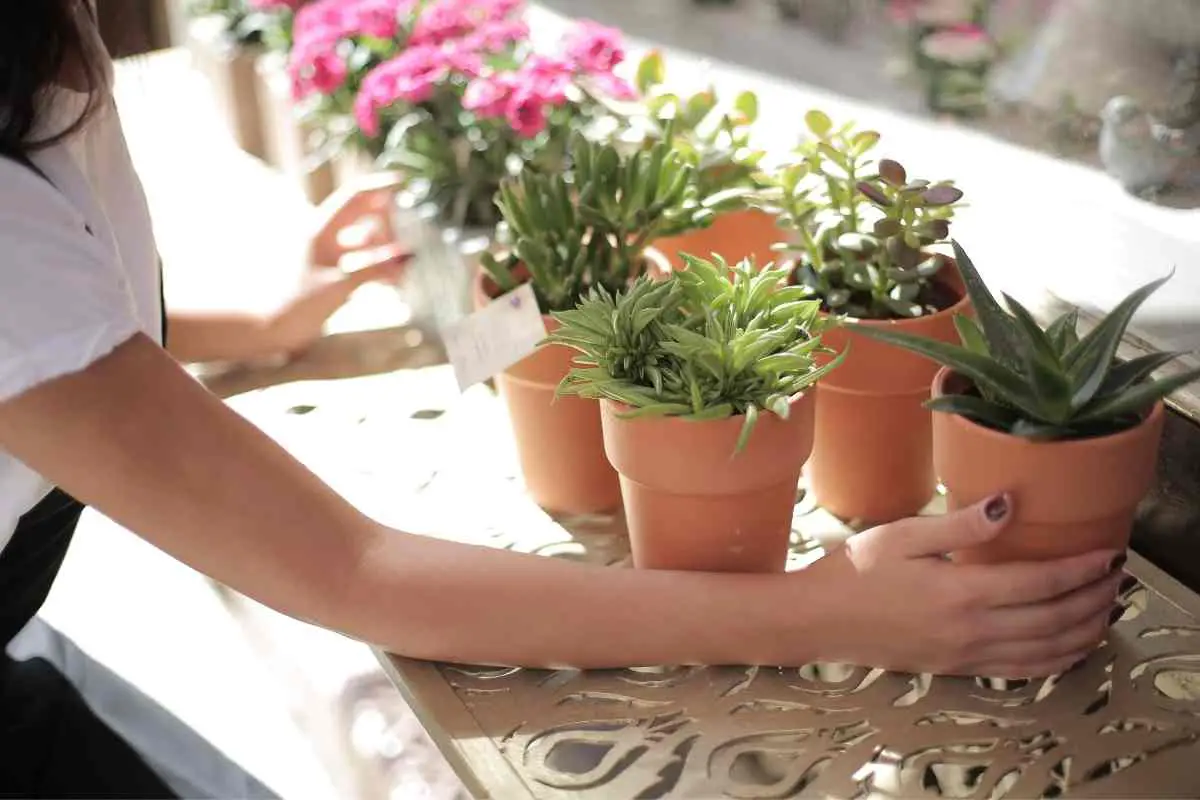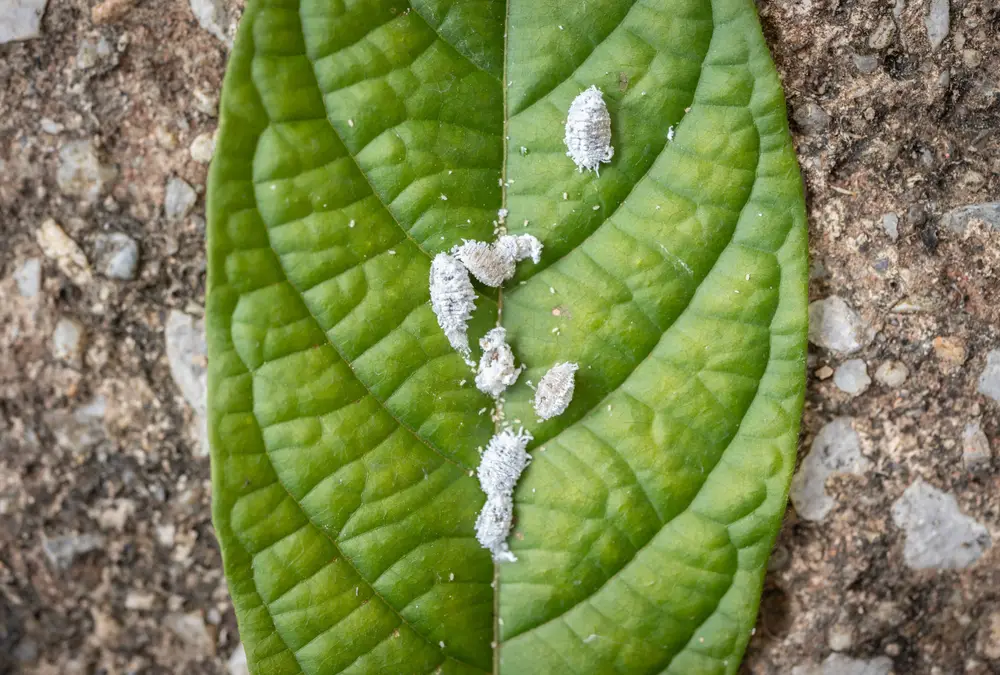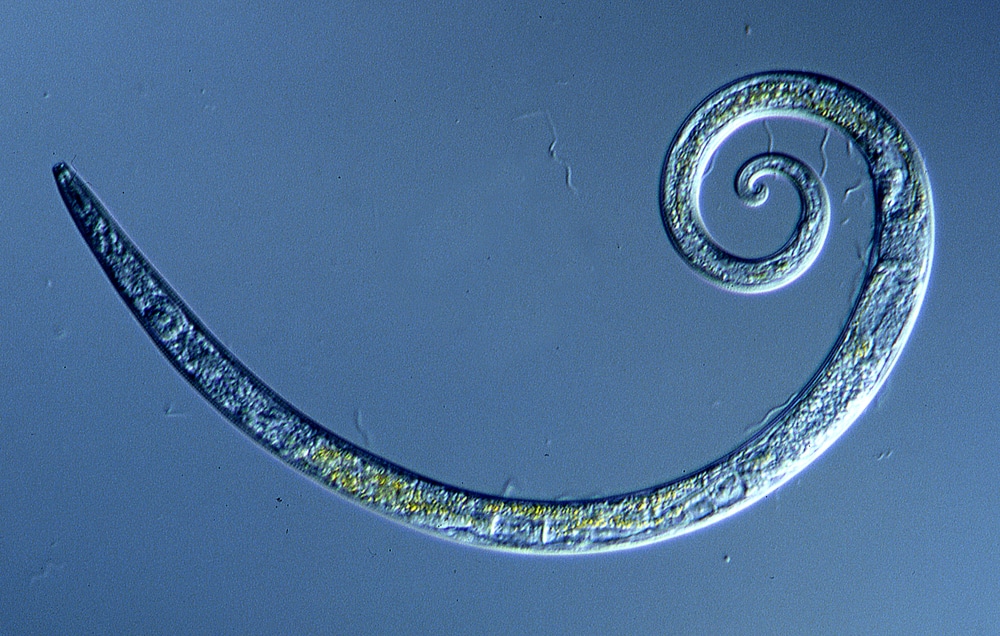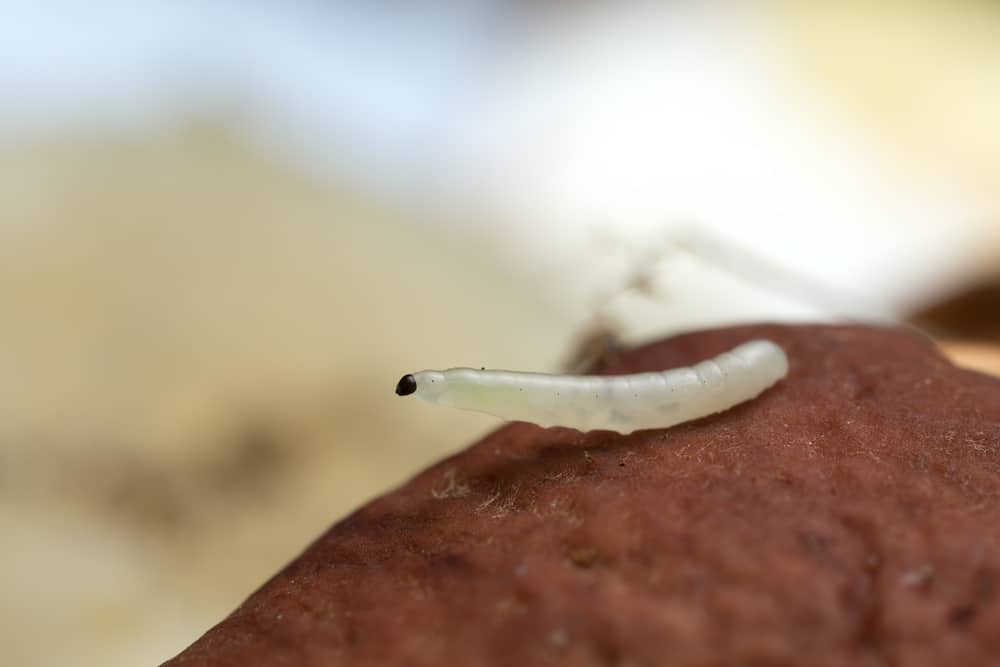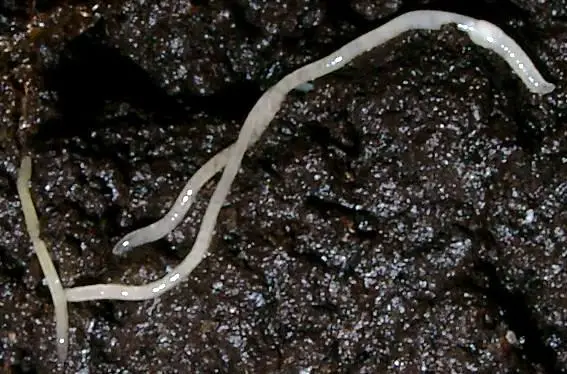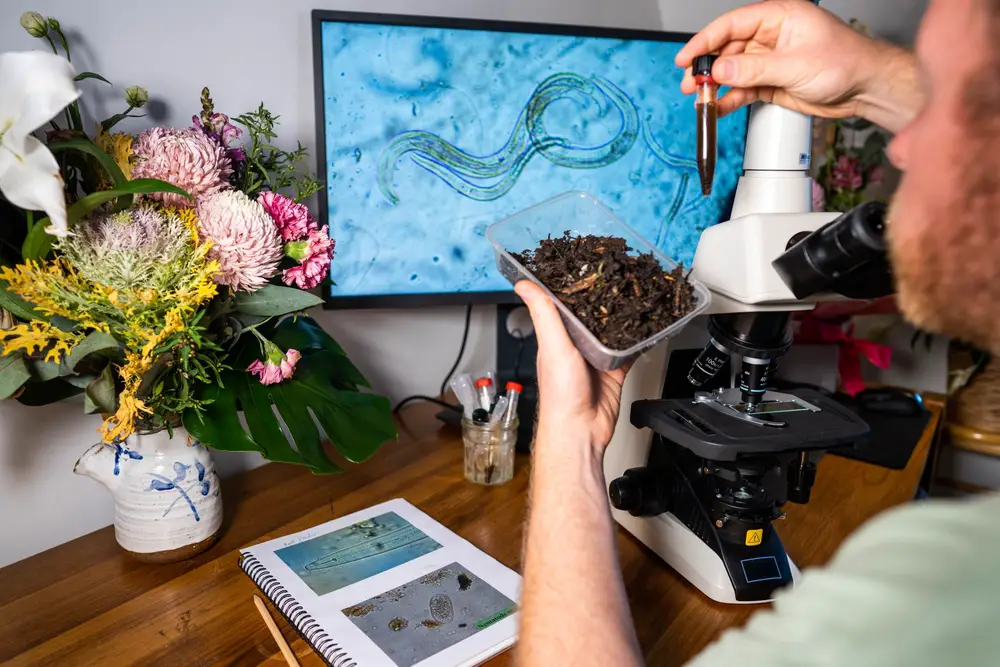If you are an avid gardener or even if you’ve only recently brought home a few house plants, you may know that worms can be both beneficial and extremely detrimental to your potted plants depending on the type and number of worms living in your soil.
For the most part though, you will want to remove the majority, if not all of the worms you find in your potted plants.
The good news is, we have 4 easy steps to follow to ensure your plants are worm-free!
- Remove the worms by hand when replanting.
- Soak the roots and soil of the plant.
- Using an insecticide (chemical or organic).
- Bring in natural predators.
If you want to become a worm removal expert, this article is for you!
We are going to explain each of these steps and how you can easily get rid of those pesky worms in plant pots.
4 Solutions to Rid your Potted Plants of Worms
We have done all the extensive research so you don’t have to!

And we are excited to share that there are 4 extremely easy ways to get rid of unwanted worms in your potted plants.
1. Repot and Remove Worms by Hand
Most potted plants will need to be repotted at some point in their lives in order to ensure the soil has a substantial amount of nutrients for the plant to survive, and as they get larger, more room for the roots to grow.
If you have found worms in your potted plants, all you need to do is take the plant gently out of the soil and wash it before replanting it in a new clean pot with sterilized soil.
Here are a few step-by-step instructions to ensure you complete this process properly:
- Before you prepare the plant for repotting, make sure the new pot has been cleaned and sterilized with a diluted bleach spray.
- When you remove the plant, shake all the excess soil gingerly from the roots. Then spray the roots lightly with water to make sure there are no worm eggs hiding in the tendrils.
- When replanting, it’s best to use sterilized soil. Any store-bought soil will already be ready to use, but if you are planning to use soil from your backyard, you can heat the soil in the microwave or oven to kill any possible pests.
That’s all there is to it!
Now, you have a beautifully healthy, repotted plant without any worms.
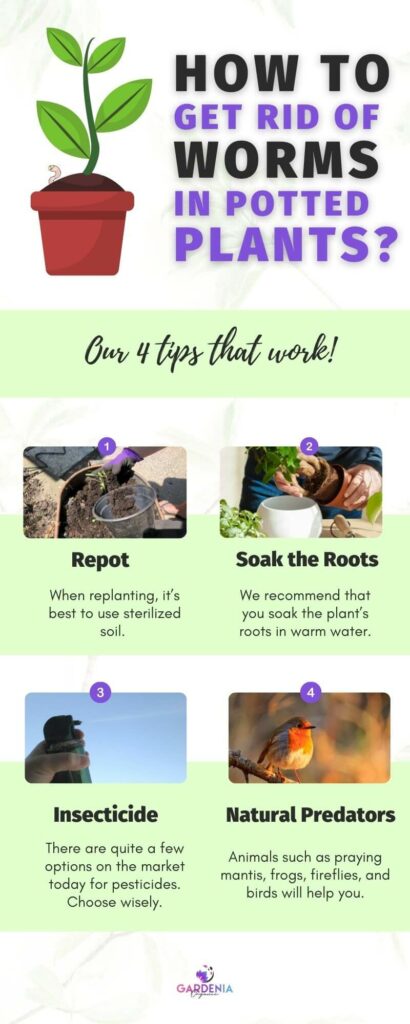
2. Soak the Roots; Soil of the Plant
You may have heard that worms love moist soil, and it’s true, but they don’t like saturated soil.
So if you want to get rid of worms quickly and efficiently, we recommend that you soak the plant’s roots (including the surrounding soil) in warm water and a bit of insecticide for about 20 minutes.
It’s important to note that some of the worms will try to escape but most will likely die.
So if you wanted to save the worms for your compost, this might not be the best option.
3. Use an Insecticide
There are quite a few options on the market today for pesticides, including those with chemical or natural ingredients.
Both are great options, and it really depends on your preference when deciding which option is best for your home and your plants.
Pay attention to the labels no matter which insecticide you choose; it has to be the right one for your plant.
Indoor and outdoor pesticides vary and if your plants are inside your home, you will definitely want to go for an indoor option as it will be safer for you and your pets.
Many experts recommend neem oil for worm infestations because it is safe on your plants, even edible ones.
What We Like: Neem will also only kill the harmful worms in your plants like grub worms or hornworms, but it won’t bother the beneficial earthworms.
4. Let a Natural Predator Take Care of Your Worms
This solution really only works if your potted plants live outside unless you want your house to feel like Jumanji!
But if you do have potted plants in your backyard that are suffering from a worm take-over, you can introduce an environmental predator into the space who will eat the worms and live happily without bothering your plants!
Animals such as praying mantis, frogs, fireflies, and birds will be all too pleased to help you get rid of the worms in your plant pots!
Maybe you’re thinking to yourself, how can I get these wild animals to feast on my worms?
Here are a few helpful hints:
- To entice birds, simply fill a bird feeder near your potted plants.
- For frogs, a small still pool of water nearby will attract bugs, and therefore, hungry frogs.
- Fireflies like to live in shrubs. If you place your potted plants near them, the worms may very well be eaten in the night.
- Praying mantis love to play in tall grass, so you can try moving your potted plants if you have any tall grass in your backyard.
While this tactic isn’t necessarily foolproof, it is chemical-free, cost-effective, and easy to do today!
Final Thoughts
While it may be hard to identify if your plant has worms before they grow in numbers and feast on your leaves, you can check the soil down towards the bottom of the pot at night when worms are most active to see if there is any action.
If you do find worms, you might know that they can be extremely harmful to your potted plants as they can eat away at the roots and even the stems and leaves.
While some botanists will tell you that there are benefits to having some worms in plant pots, you really need to be an expert to find out which ones are helpful and which are not.
Even if you do decipher which worm is which, you will need to be adamant that the few worms you let live in the soil to enhance the nutrition of your plant don’t multiply and eat through your beautiful plants.
All in all, it might just be best to rid your potted plants of all worms, and now you know how!
